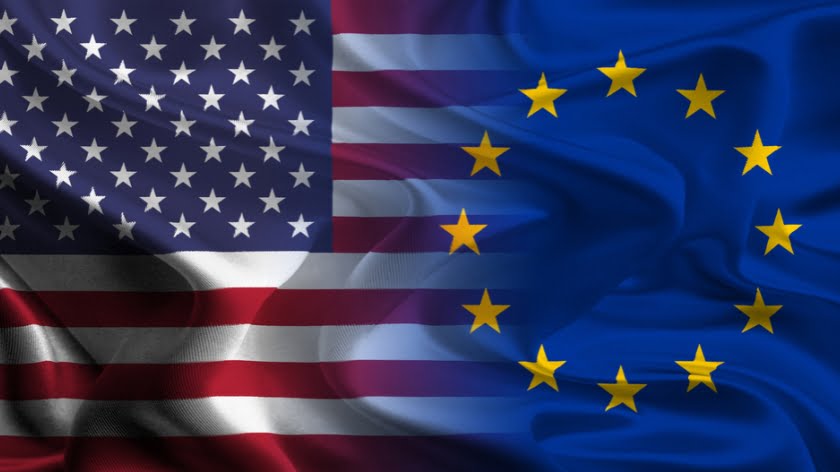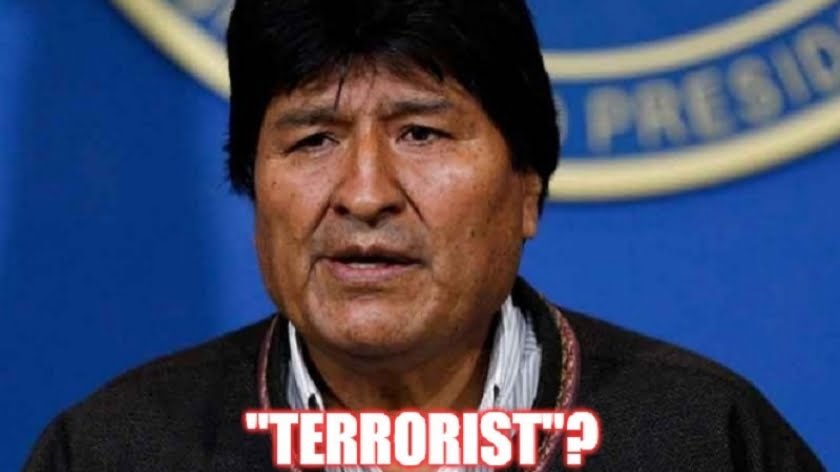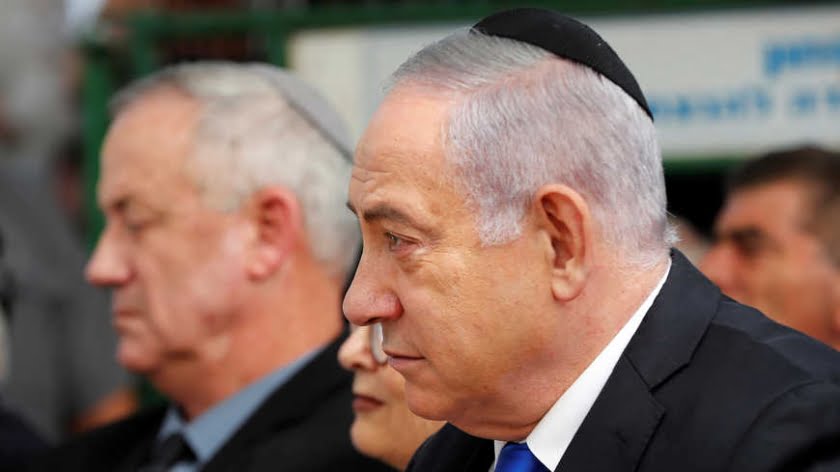Popular Putin Prepares for Cold War 2.0
Immediately after his official inauguration on Monday, Russian President Vladimir Putin is expected to announce a new government. And a bombshell is in the making. The new cabinet is bound to be a Stavka: that is, a war cabinet.
In the context of the interminable Russiagate saga, increasingly harsh US sanctions, the Skripal charade (which, incidentally, has totally disappeared from the Western news cycle), and the serious escalation in Syria – in contrast to the Russia-Iran-Turkey attempt at a peace process in Astana – that’s an all but inevitable option chosen by the Kremlin.
As early as four years ago former military officer Yevgeny Krutikov, a columnist for Vzglyad, exposed what constituted Russian red lines for the US and the North Atlantic Treaty Organization: Ukraine, Georgia, Finland, Sweden, “unfriendly actions of Lithuania and Poland” against the Kaliningrad enclave and navigation in the Baltic, and last but not least, the Arctic, “almost the ideal of all available bases for launching a first strike, both by nuclear weapons and high-precision, strategic non-nuclear arms.”
Yet the new, absolute red line is Syria – as recently delineated by the Russian Defense Ministry: Any attack on Russian assets or personnel will be met with a devastating response.
The new, absolute red line is Syria – as recently delineated by the Russian Defense Ministry: Any attack on Russian assets or personnel will be met with a devastating response
Even more crucially, Russia’s state-of-the-art missile technology, as announced by Putin in his landmark March 1 address, poses serious questions for the US naval empire.
Moscow’s military spending decreased by 20% in 2017 to US$66.3 billion, according to a report released this week by the Stockholm International Peace Research Institute (SIPRI). This happened to constitute the first annual decline in almost 20 years.
Compare it with the combined 29-nation NATO military spending in 2017: $201 billion.
Not to mention US military spending, relatively stable, for the second year in a row, at a whopping $610 billion. But SIPRI says this is bound to go up, linked to “modernization of conventional and nuclear weapons.”
Yet the heart of the matter from now on is not the enormous discrepancy between the Russian and NATO/American military budgets; it’s the fact that Moscow can churn out serial hypersonic missiles – fast and cheap – compared with the Pentagon’s capacity to build multibillion-dollar aircraft carriers.
Eurasianists vs Atlanticists
Russian analysts have confirmed to Asia Times that a Stavka is in the making – translated as a tight, cohesive collective bent on devising pragmatic solutions in a war-economy setting, on all fronts. That implies extremely close coordination among the Kremlin, the Defense Ministry, the General Staff, all the agencies in the security apparatus and the Russian military-industrial complex.
Sergey Sobyanin, currently the mayor of Moscow, stands a pretty good chance of being the next prime minister. The ideal candidate for the military-industrial complex would have been Defense Minister Sergey Shoigu, or even current Deputy Prime Minister Dmitry Rogozin. But it’s practically sure that Putin, for complex internal-competition reasons, will choose Sobyanin.
US sanctions are a decisive factor. Rogozin was hit by sanctions in 2014. Both Shoigu and Sobyanin are sanctions-free – for now. In consequence, current Prime Minister Dmitry Medvedev’s fortunes are waning.
It’s no secret that at the highest circles of power in Russia an epic battle has been raging for more than a decade between the Eurasian sovereignists – backing Putin – and the Atlantic integrationists – backing Medvedev. The Eurasian drive is toward a multipolar world and Eurasian integration (New Silk Roads, Eurasian Economic Union). The Atlanticist drive is for Russia to be accepted by the West as an equal partner – now a virtually impossible prospect.
For all practical purposes the Russian economy is run by the Washington Consensus. From the perspective of Eurasian sovereignists, this is the biggest threat to a stable, nationalist system with an extremely popular Putin on top
Atlanticists totally control Russian banking and finance, including the central bank. For all practical purposes, the Russian economy is run by the Washington Consensus. From the perspective of Eurasian sovereignists, this is the biggest threat to a stable, nationalist system with an extremely popular Putin on top.
Putin, in public, constantly supports the Central Bank of Russia and the Medvedev-related economic team. This should not be taken at face value. Analysts tell Asia Times of a recent barrage of serious criticism against them on all main Russian TV channels.
So the definitive test, after the announcement of the Stavka, is whether there will be a sort of political crackdown on the Central Bank of Russia and Medvedev allies. It’s not far-fetched to say expectations are running as high as for the World Cup in June.
Take it to the (Crimea) bridge
In parallel to Moscow tightening its geopolitical game, the drive for Eurasian integration could not but remain top of the bill, as illustrated by the latest Valdai Club discussion in late April in Shanghai, centered on how Russia and China should coordinate their strategies toward building a “Greater Eurasia.”
That includes, of course, bypassing the US dollar in bilateral trading; strengthening the Shanghai Cooperation Organization; and solidifying the symbiosis of China as a consumer and Russia as a producer of goods.
Analysts Sergey Karaganov and Yu Bin, for instance, agree on what Karaganov defined as “the West’s unilateral war against China and Russia.” A consensus is emerging that the crunch time for shaping a multipolar new world order is during the next 10 to 15 years.
Virtually at the same time, and also totally under the radar of Western corporate media, representatives of no fewer than 71 nations met in Crimea at the fourth annual Yalta International Economic Forum.
This is one of Russia’s top business meetings, along with the Eastern Economic Forum in Vladivostok, the Sochi Investment Forum and the Saint Petersburg International Economic Forum, to be held in late May.
Back in February 1945, Winston Churchill, Franklin Roosevelt and Josef Stalin met in Yalta to design the post-World War II world – which ended up being framed by the Cold War. Now, in a Cold War 2.0 environment, Russia is repositioning Crimea as a debate hub on global cooperation – complete with a brand-new, billion-dollar international airport and the Crimean Bridge, spanning 19 kilometers across the Kerch Strait, and open for traffic in late May, six months ahead of schedule.
That’s what “Russian aggression” feels like.







